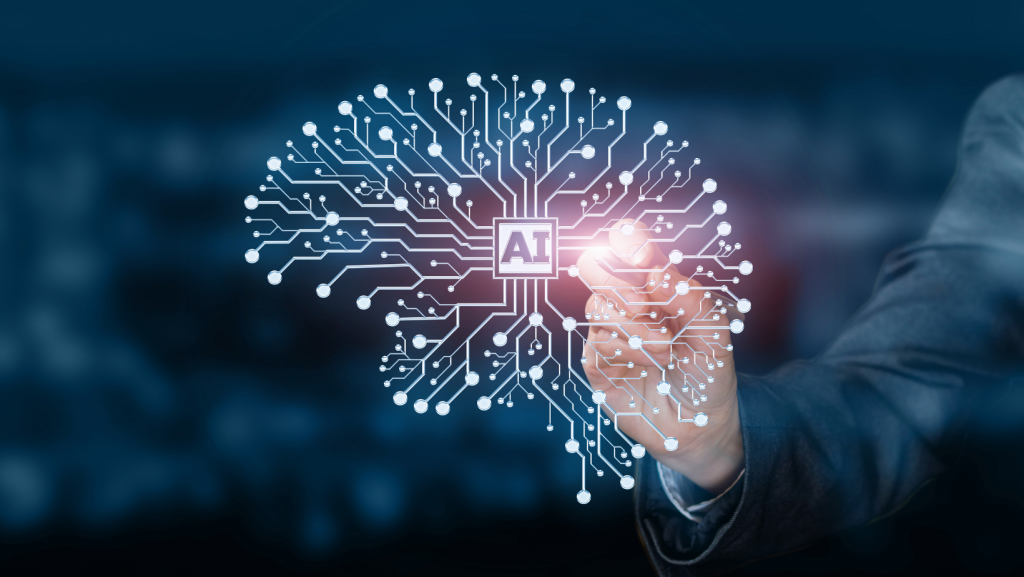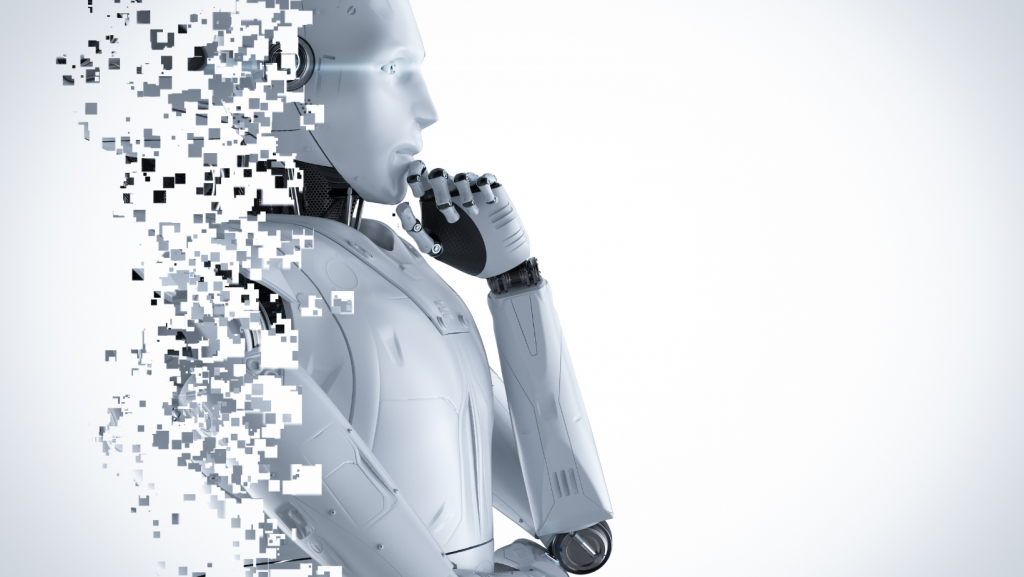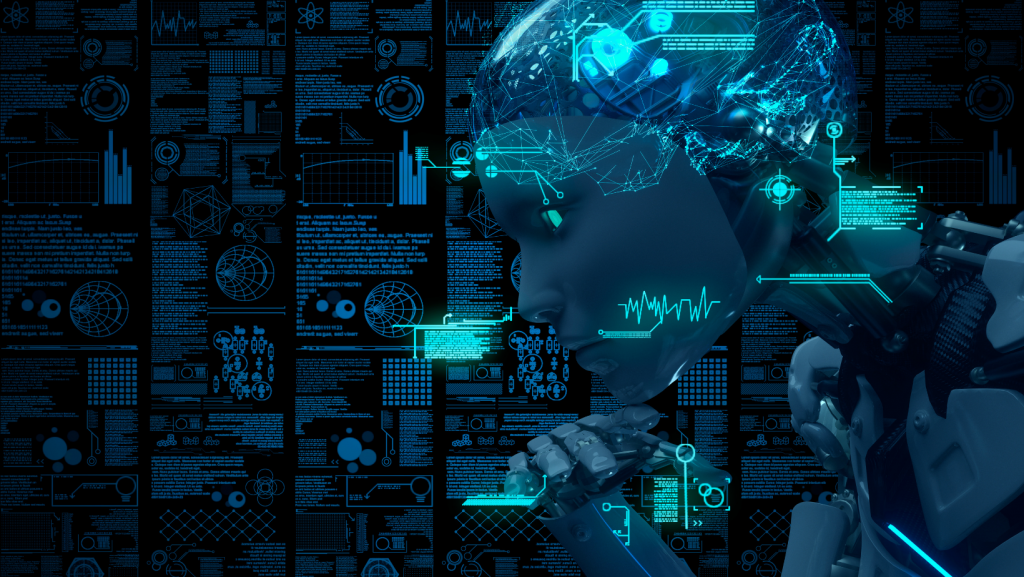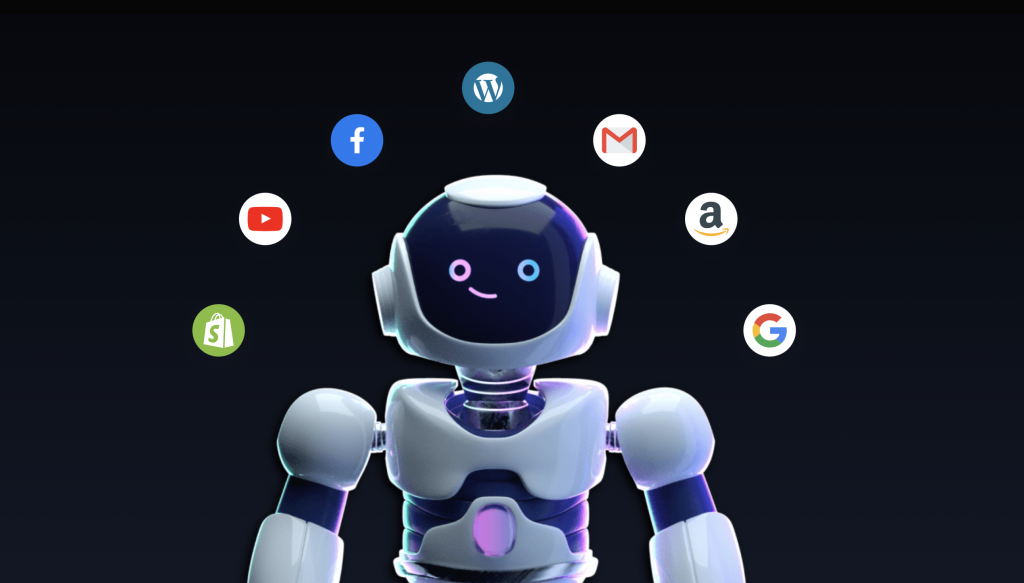
Top 10 Growth Marketing Trends Shaping The Future
By: Seph Cadiz
Growth marketing is no longer about simply running ads and tweaking websites.
They’re about weaving tech, creativity, and consumer psychology into something more… cinematic.
In fact, the best way to understand this moment?
Picture The Avengers assembling but with AI-powered tools, generative content, and meme-fueled engagement as the superheroes.
The threats? Consumer apathy, platform chaos, and the constant algorithm shifts lurking in the shadows.
To keep your brand on the heroic side of things, here’s your definitive cheat sheet to the 10 growth marketing trends dominating 2025.
Let’s get right into it!
1. AI-Powered Personalization & GenAI Content Creation
In 2025, personalization isn’t just “smart marketing”—it’s the One Ring of the growth marketing universe. If you’re not tailoring your brand experiences to each user, you might as well be invisible.
According to Business Insider, 71% of CMOs plan to invest over $10 million annually in AI-driven marketing tools, up from 57% in 2024. Meanwhile, generative video ads are becoming standard: 86% of marketers already use them, and they’re projected to make up 40% of all video ads by 2026.
Example:
Imagine a Netflix-style flow for e-commerce. A user clicks a sneaker ad, and the landing page instantly reconfigures with their favorite colors, price ranges, and even copy style—because your AI knows they’re a Gen Z buyer who loves humor and short-form videos.
Tools: Dynamic Yield, Persado, and GPT-4 Turbo for scalable blogs and ads.
Like The Matrix, AI-driven personalization helps you “see the code” behind your audience and craft offers that feel inevitable.
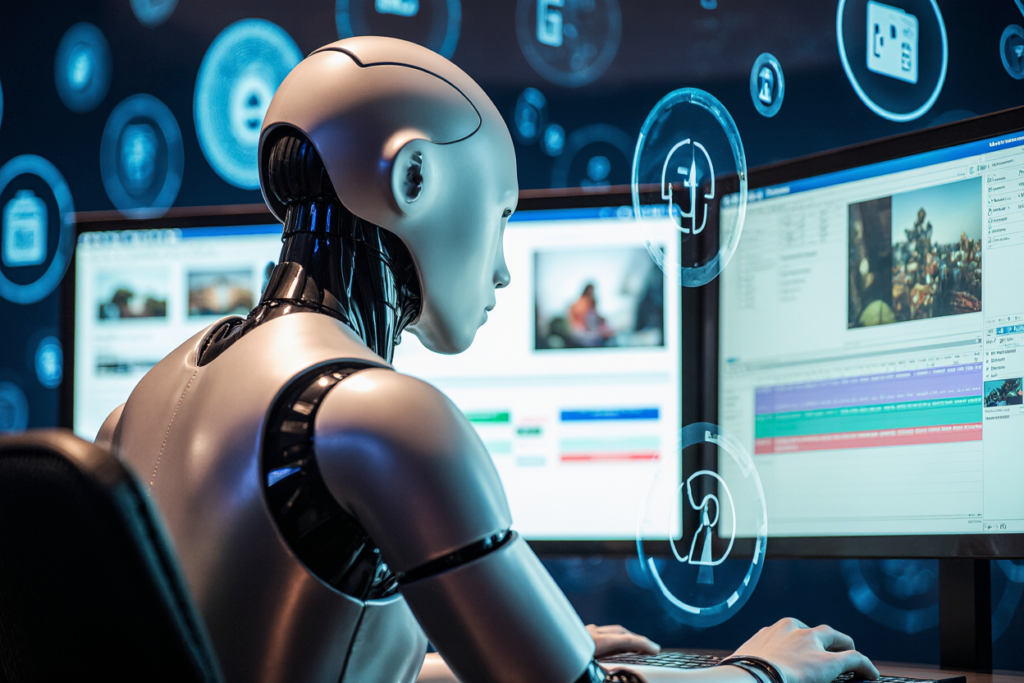
2. AI Optimization for Search (AIO)
Traditional SEO? That’s so 2020.
In 2025, we’re entering the AIO era, AI Optimization, where brands must optimize not just for Google but for the conversational, AI-driven engines like ChatGPT, Gemini, and Perplexity.
The shift is massive: AI-driven search now accounts for 5.6% of desktop queries, more than double last year..
Example:
An e-commerce site doesn’t just rank for “best running shoes.”
It creates structured data-rich product pages with natural, conversational copy so when a user asks an AI assistant, “What’s the best running shoe for flat feet under $100?” your brand becomes the definitive answer.
Tools: Frase, Surfer AI, Ahrefs, and implementing llms.txt to tell AI how to crawl your content.
Like a Jedi using the Force, brands that master AIO will guide users straight to their funnels—no mind tricks required.
3. Generative Video Advertising & Connected TV (CTV)
Video isn’t just king, it’s the kingmaker.
But now, generative AI is the wizard pulling levers behind the curtain. Nearly 9 in 10 advertisers use or plan to use GenAI for video production.
Example:
A brand launches a 15-second TikTok ad built in Synthesia, which automatically changes the featured products based on viewer demographics and behaviors. Or uses Meta Advantage+ to plan, script, and distribute ads across CTV and social with minimal human input.
Tools: Synthesia, Pictory, Runway, Meta Advantage+.
Think of GenAI video like Inception: layered, personalized, and perfectly targeted to keep viewers from “waking up” (aka, skipping).
4. Meme Marketing & UGC Amplification
If you’re not memeing, you’re missing the moment. Meme marketing delivers 25–30% higher engagement than typical branded content. But authenticity is the key—audiences can smell forced humor faster than you can say “cringe.”
Example:
A food delivery app riffs on Stranger Things with “The Upside Down Pizza Special”—timed to drop with the latest season. Or a brand amplifies micro-influencer memes instead of relying on studio-shot ads.
Tools: Supermeme.ai, GPT-powered meme generators, TikTok Creator Marketplace.
Like Eleven flipping a Demogorgon, a well-timed meme can turn even the dullest product into a cultural moment.
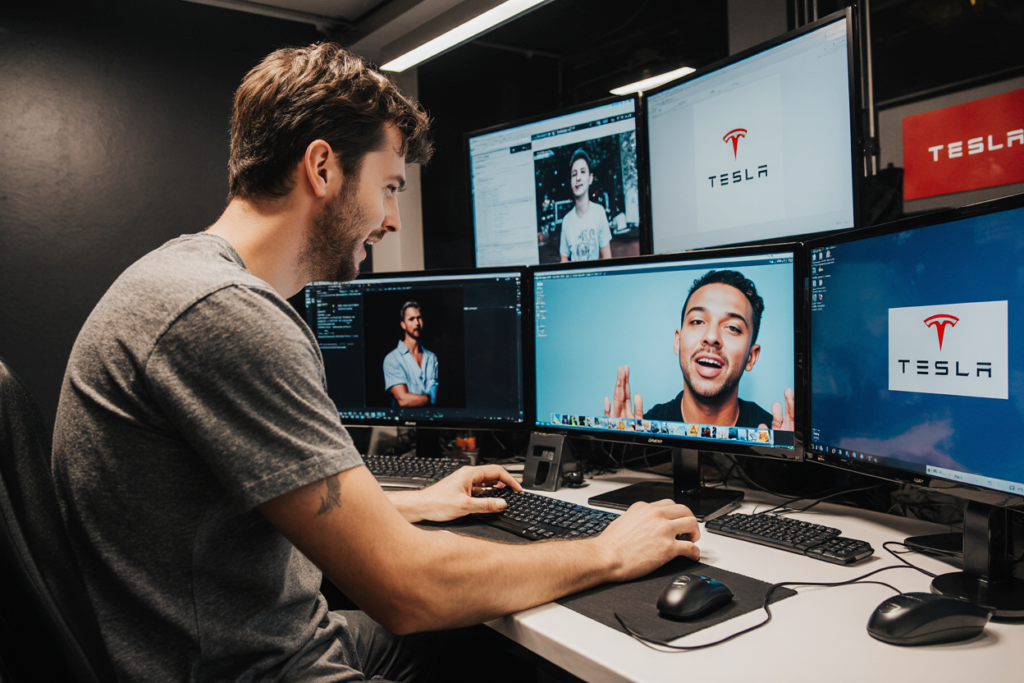
5. Voice & Visual Search Optimization
Voice and visual search are quietly becoming growth engines. Voice assistants handle more queries each month, and Google Lens and Pinterest Lens are becoming staples for shopping inspiration.
TheeDigital reports that brands optimized for these channels are twice as likely to land featured results.
Example:
A cookware brand ensures every product is tagged for visual discovery so a user can snap a pan in a store and instantly see reviews, recipes, and where to buy online. Or a recipe blog optimizes for queries like “Hey Google, what’s the fastest vegan lasagna recipe?”
Tools: Schema.org markup, Google Merchant Center, and voice-friendly content frameworks.
Think of it as building your own Marauder’s Map (Harry Potter): your brand appears wherever consumers “say” or “see” the right spell.
6. Sustainability, Ethics & Consumer Trust
In a world awash with AI and deepfakes, trust is the ultimate currency. 82% of social media users doubt the authenticity of content—especially when it’s AI-generated.
Example:
Brands openly labeling AI-generated content (“Created with AI assistance”), committing to GDPR-compliant data practices, and integrating sustainability into campaigns beyond “greenwashing.”
Tools: Clearbit, OneTrust, Segment for privacy-first strategies.
Your Patronus (Harry Potter reference) in 2025 isn’t a flashy ad—it’s your transparency protecting you from a horde of skeptical consumers.
7. Platform Convergence & Social Commerce
Social media is no longer just for scrolling, it’s for buying. Consumers now spend six hours per day across streaming, social video, UGC, and gaming platforms. And 41% of marketers are upping their retail media ad investments in 2025.
Example:
Selling limited-edition products through Instagram Checkout, running TikTok Shop-exclusive drops, and retargeting users seamlessly across multiple apps without making them leave their favorite platform.
Tools: Shopify-TikTok integrations, Klaviyo, and Meta Ads Manager.
Like the Hogwarts Express, once you’re on the right track, the shopping experience feels frictionless.
8. Snackable Content Dominance
If The Dark Knight taught us anything, it’s that every scene must matter.
Gen Z and Alpha consumers have zero tolerance for filler. Six-second videos, carousels, and micro-polls now deliver 38% more engagement than traditional long-form content.
Example:
Quick interactive stories on Instagram teasing a new launch, or short-form tutorials (15 seconds or less) on Reels.
Tools: CapCut, Typeform VideoAsk, Canva Pro.
The hero isn’t a 3-minute explainer video, it’s the 6-second clip that hooks your audience before they scroll away.

9. Gamified Web Experiences
Why just have visitors when you can have players? Gamified websites now see 45% longer session times on average.
Example:
A Matrix-inspired “Red Pill vs. Blue Pill” quiz that suggests different product paths—or an interactive AR scavenger hunt for discounts.
Tools: Three.js, Outgrow, WebGL frameworks.
In a digital world where everyone’s distracted, making your site feel like a side quest can be the engagement boost you need.
10. Micro-Influencer & Hyper-Local Growth Loops
Big-name influencers are flashy, but micro-influencers (under 50k followers) are delivering the real results: 60% higher engagement and stronger ROI compared to mega-creators.
Example:
Partnering with five local creators to promote a co-working space launch, boosting their posts with geo-targeted ads to hit just the right audience.
Tools: AspireIQ, GRIN, Meta Ads for local targeting.
Like the Fellowship of the Ring, smaller, scrappier teams often get the job done more effectively than a single massive “hero.”
The 2025 Growth Hacker’s Toolkit
Surviving and thriving in 2025 isn’t about picking one or two of these tactics.
It’s about blending them like a perfect heist movie team: AI for scale, memes for humanity, trust for credibility, and gamified experiences to keep audiences coming back.
Action Plan for Q1:
- Test AI-powered personalization on one campaign.
- Run a GenAI video ad via Synthesia.
- Audit your content for AIO readiness (Frase, llms.txt).
- Launch a meme-driven UGC campaign.
- Implement voice/visual search optimizations.
- Be radically transparent in all AI usage.
- Build shoppable social experiences.
- Use micro-influencers to create authentic buzz.
Because in 2025, technology is the armor, but authenticity is the hero. Combine both, move fast, and your brand won’t just survive this Avengers-level landscape—it’ll lead the team.
If you have any questions about our article, “Top 10 Growth Marketing Trends Shaping 2025” or need a website that prints you money, contact us at info@growthkolony.com or connect with us on social media.


